Enhancing the Optimizely Experimentation Platform with Cloudflare Workers
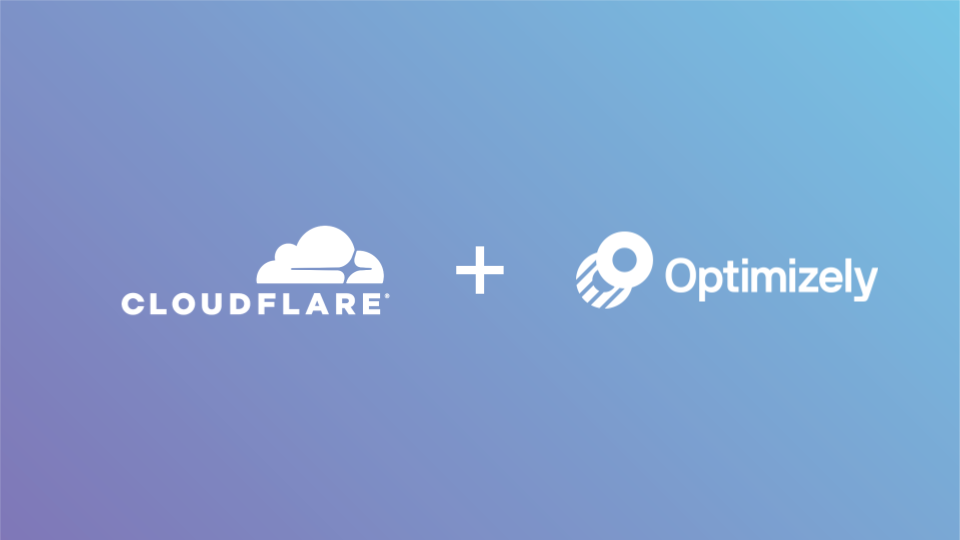
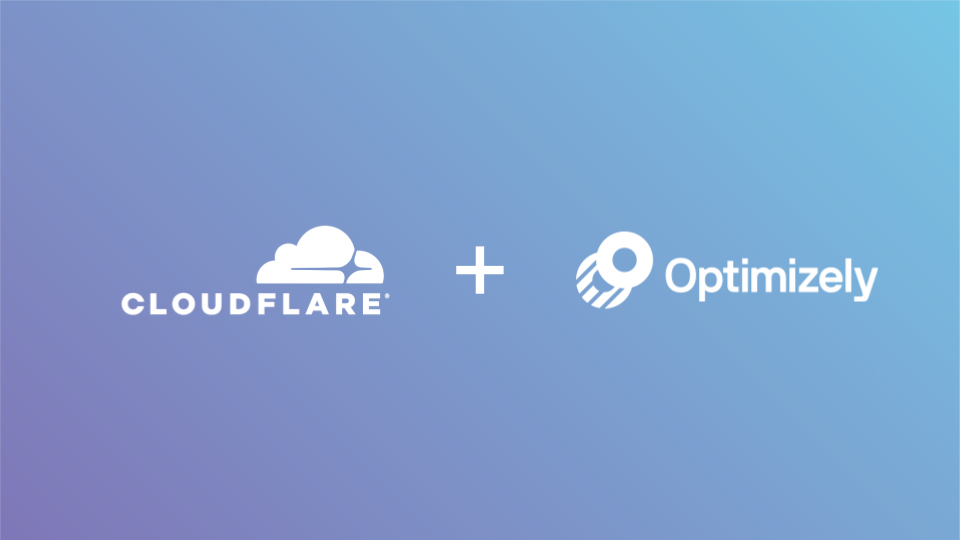
This is a joint post by Whelan Boyd, Senior Product Manager at Optimizely and Remy Guercio, Product Marketing Manager for Cloudflare Workers.
Experimentation is an important ingredient in driving business growth: whether you’re iterating on a product or testing new messaging, there’s no substitute for the data and insights gathered from conducting rigorous experiments in the wild.
Optimizely is the world’s leading experimentation platform, with thousands of customers worldwide running tests for over 140 million visitors daily. If Optimizely were a website, it would be the third most trafficked in the US. And when it came time to experiment with reinvigorating their own platform, Optimizely chose Cloudflare Workers.
Improving Performance and Agility with Cloudflare Workers
Cloudflare Workers is a globally distributed serverless compute platform that runs across Cloudflare’s network of 180 locations worldwide. Workers are designed for flexibility, with many different use cases ranging from customizing configuration of Cloudflare services and features to building full, independent applications.
In this post, we’re going to focus on how Workers can be used to improve performance and increase agility for more complex applications. One of the key benefits of Workers is that they allow developers to move decision logic and data Continue reading


 The GCP integration will allow Snowflake customers to seamlessly store data in Google's public...
The GCP integration will allow Snowflake customers to seamlessly store data in Google's public...


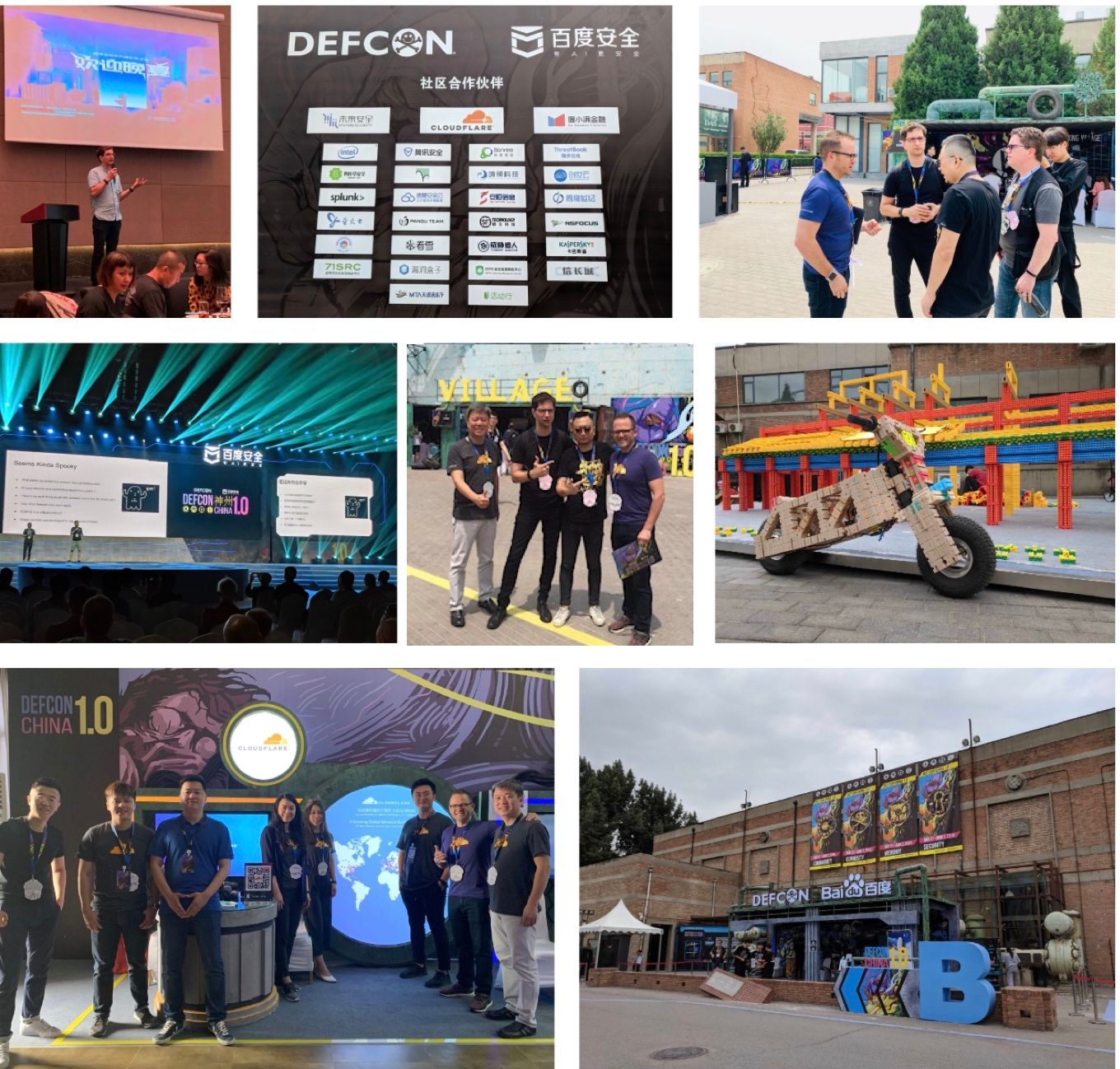

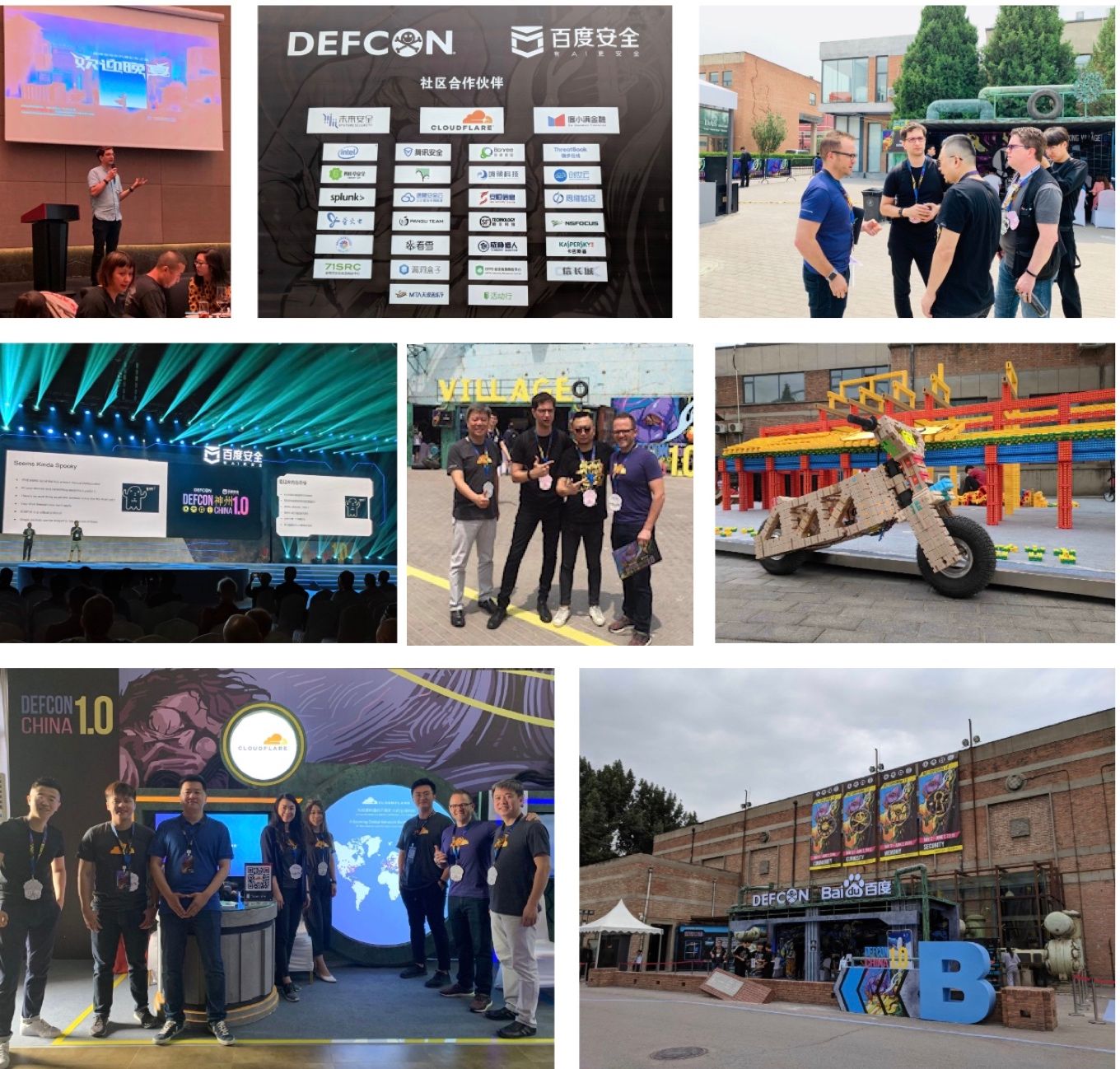

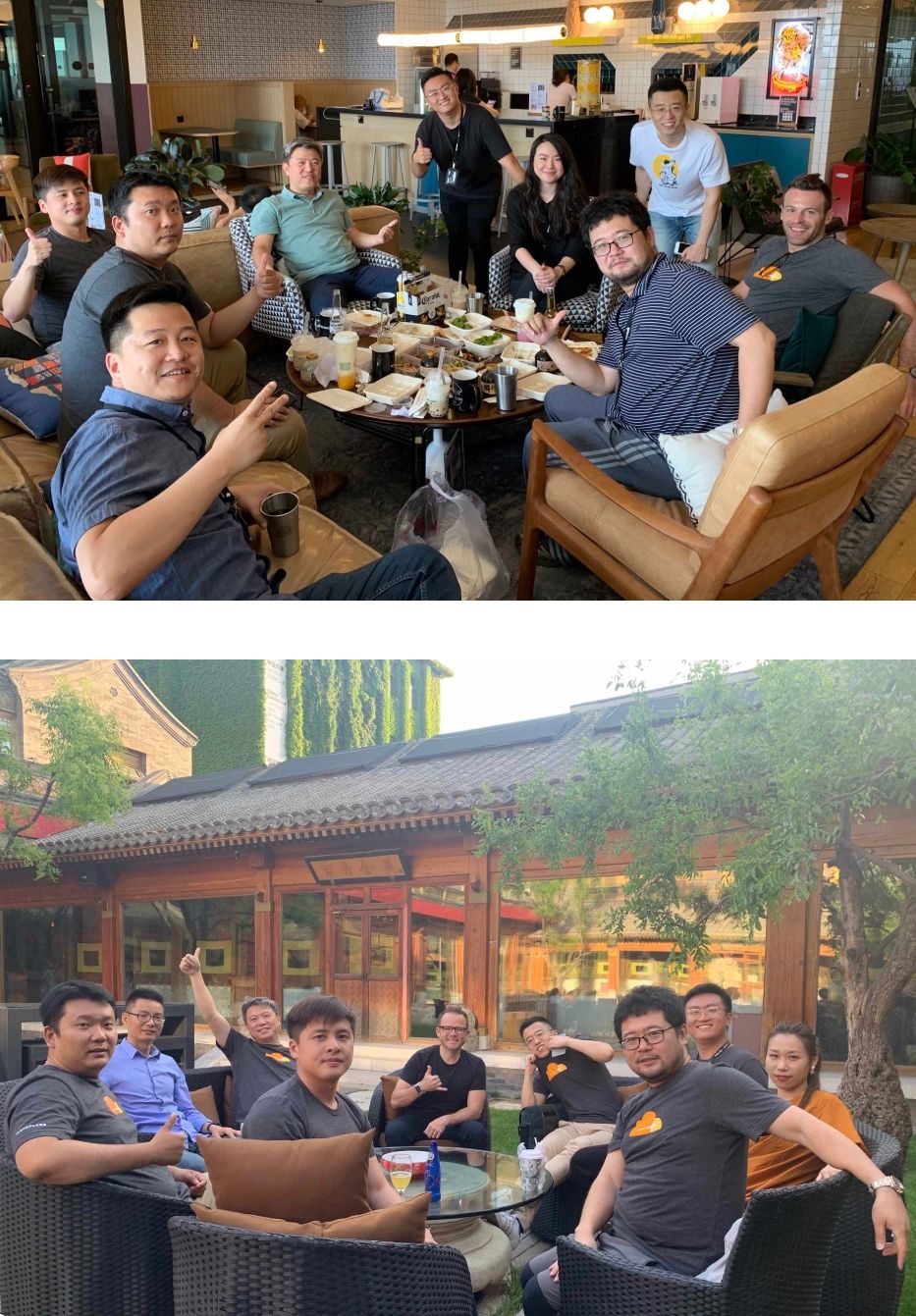
 Remarks from President Donald Trump suggest the U.K. could change its position on letting Huawei...
Remarks from President Donald Trump suggest the U.K. could change its position on letting Huawei... Joe Kinsella, CTO of CloudHealth at VMware, describes the multi-cloud management product, which is...
Joe Kinsella, CTO of CloudHealth at VMware, describes the multi-cloud management product, which is... Fusion has been on a downward spiral — struggling to pay down its debt, taking on more loans to...
Fusion has been on a downward spiral — struggling to pay down its debt, taking on more loans to...